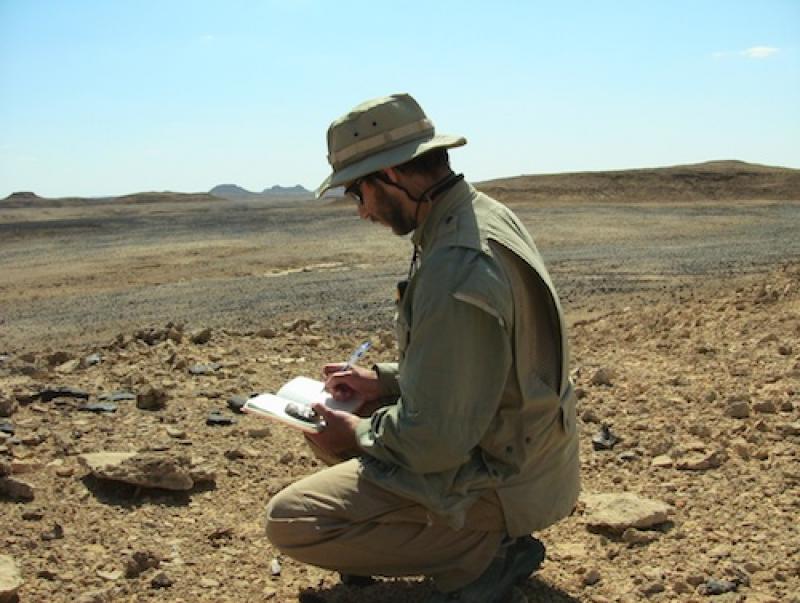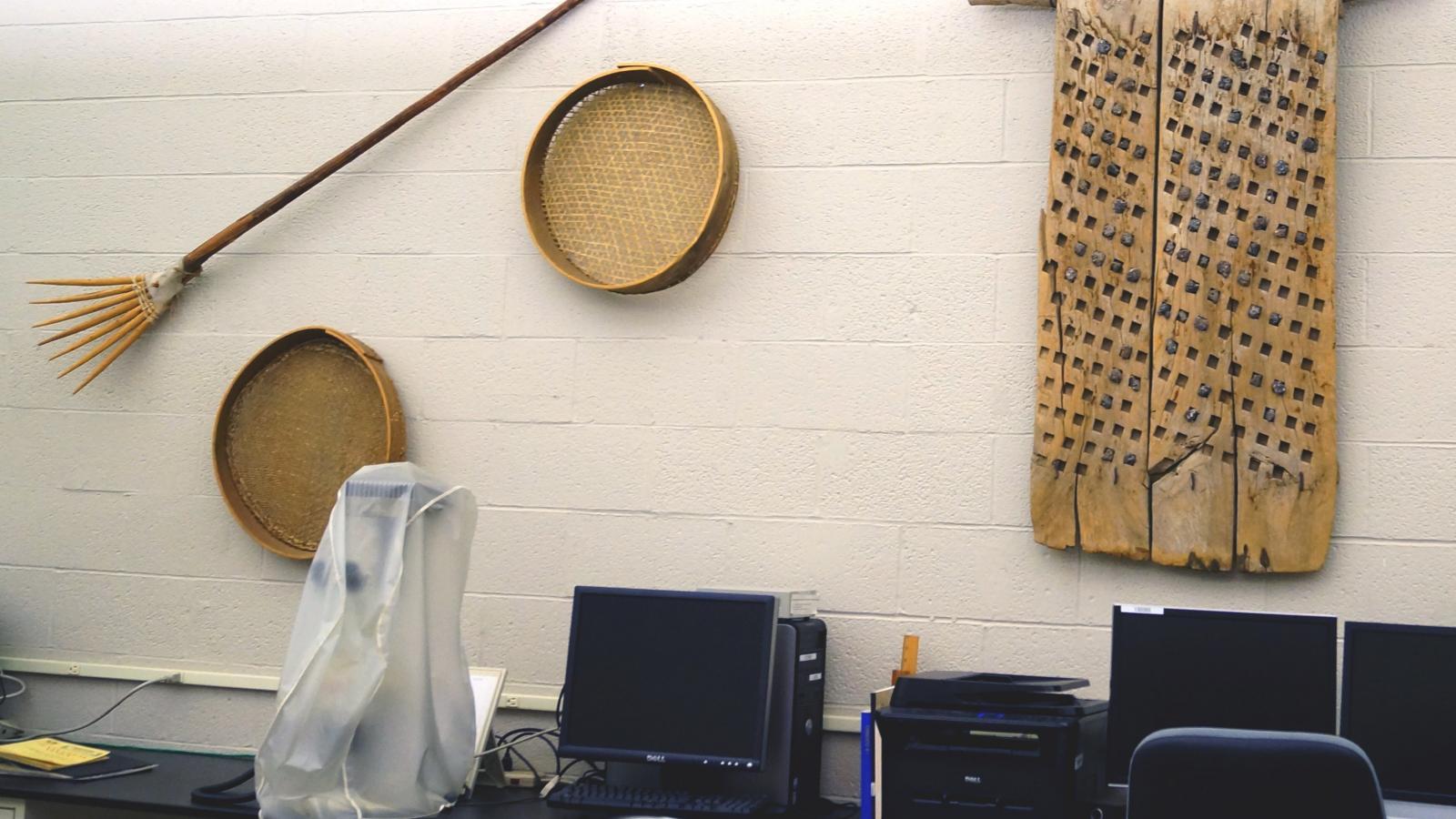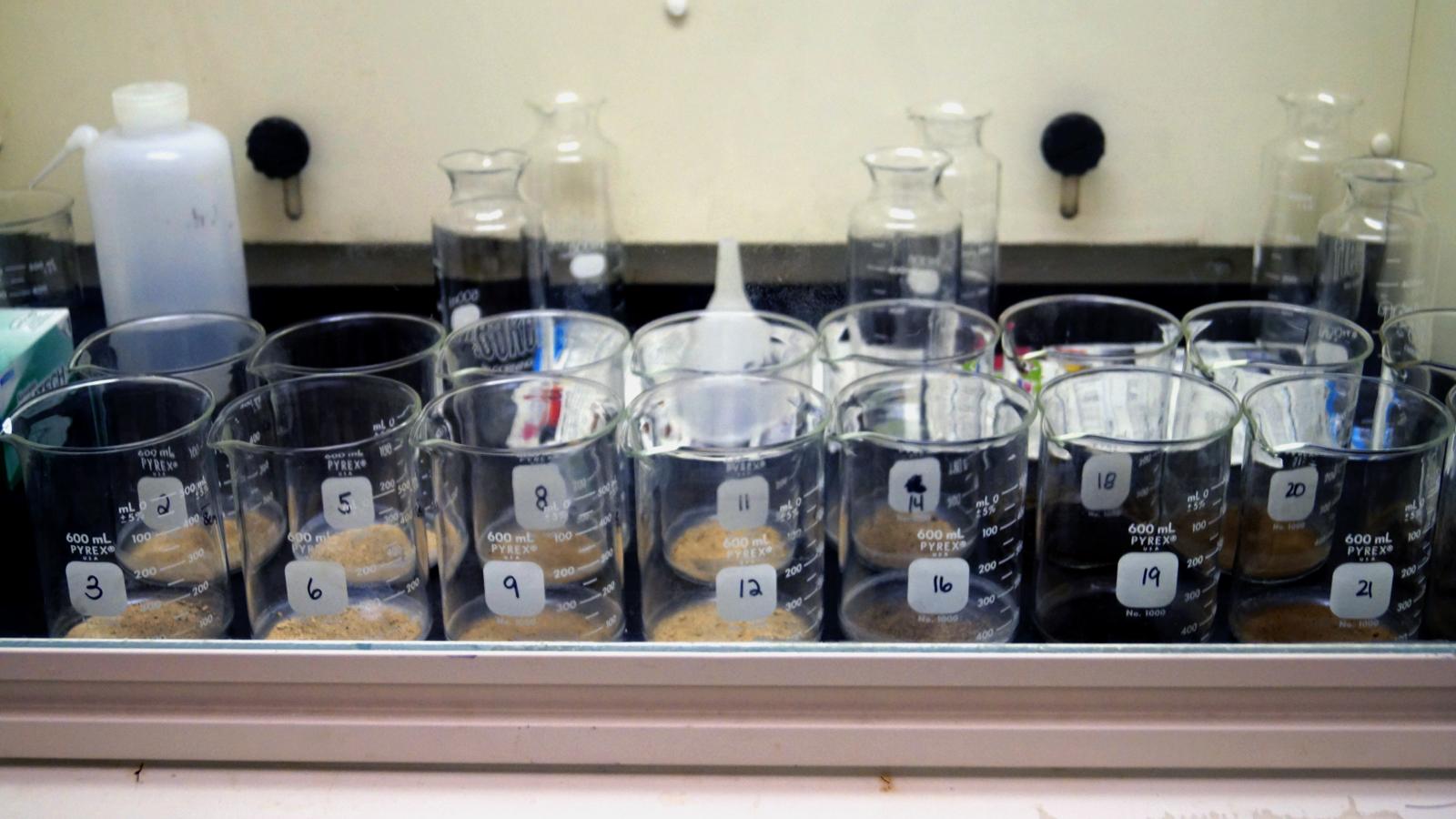Director: Joy McCorriston

The lab houses active international archaeological research in the prehistoric ancient Near East. McCorriston’s interests lie at the intersection of human behavioral ecology and social practice and she studies mobility and food security, households, environment and culture, materialism, paleodiet and food production, paleoenvironmental reconstruction, and the development of economic and social institutions.
Facilities
In addition to a 3000 taxa reference collection of modern seeds, wood samples, and herbarium voucher specimens from Syria, Jordan, Yemen, Oman, Egypt, and Europe, the archaeobotany facilities include microscopes for seed and wood charcoal identifications and a collection of regional floras. Computer stations support digital microphotography and analytical software (Arc-GIS, Erdas Imagine, CANOCO, Matlab, Photoshop, Illustrator, etc.). An adjoining processing room includes fume hood and equipment suitable for phytolith processing and macrobotanical sample preparations.




